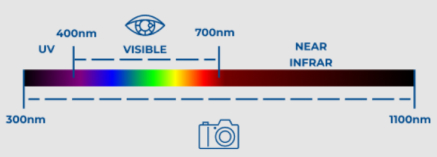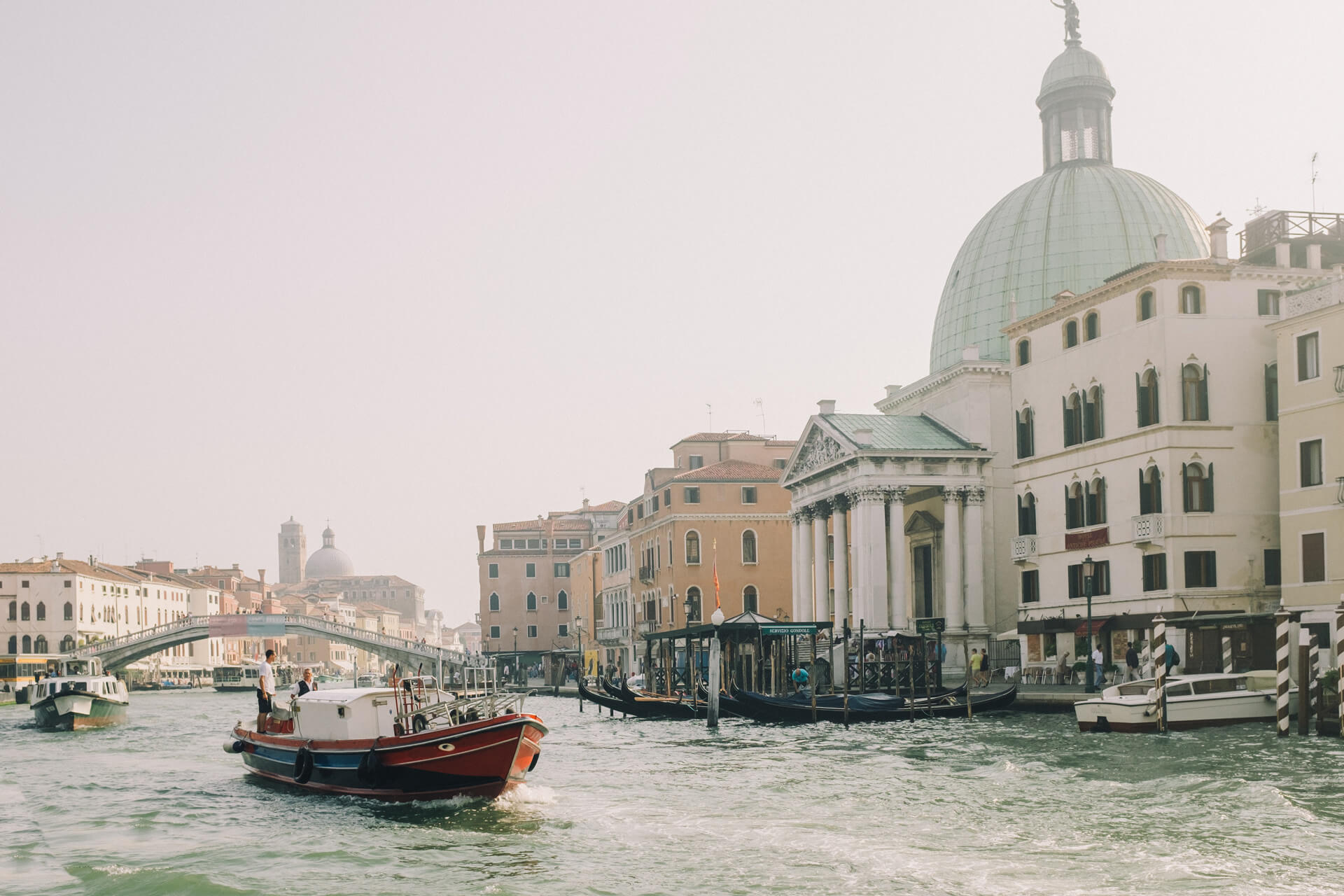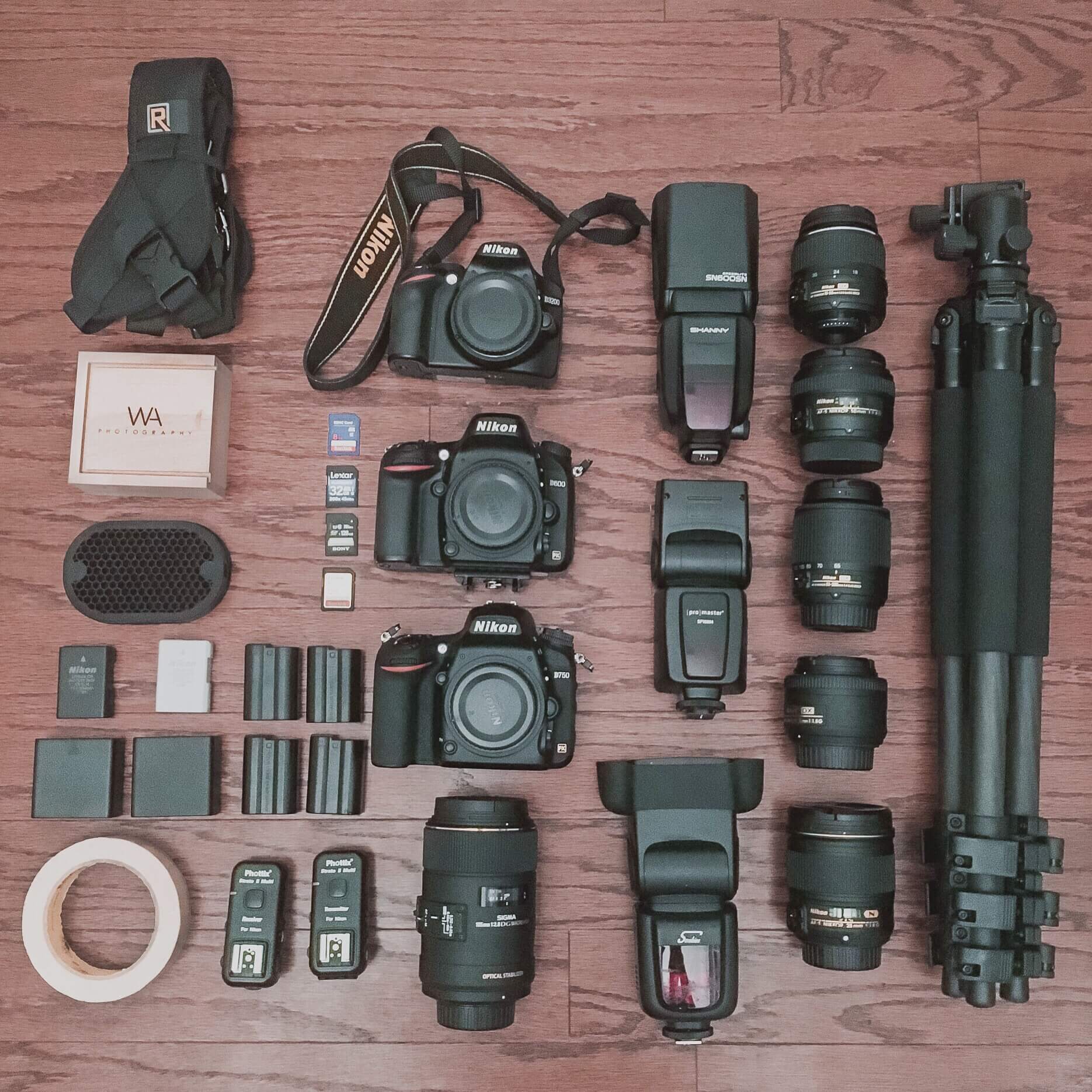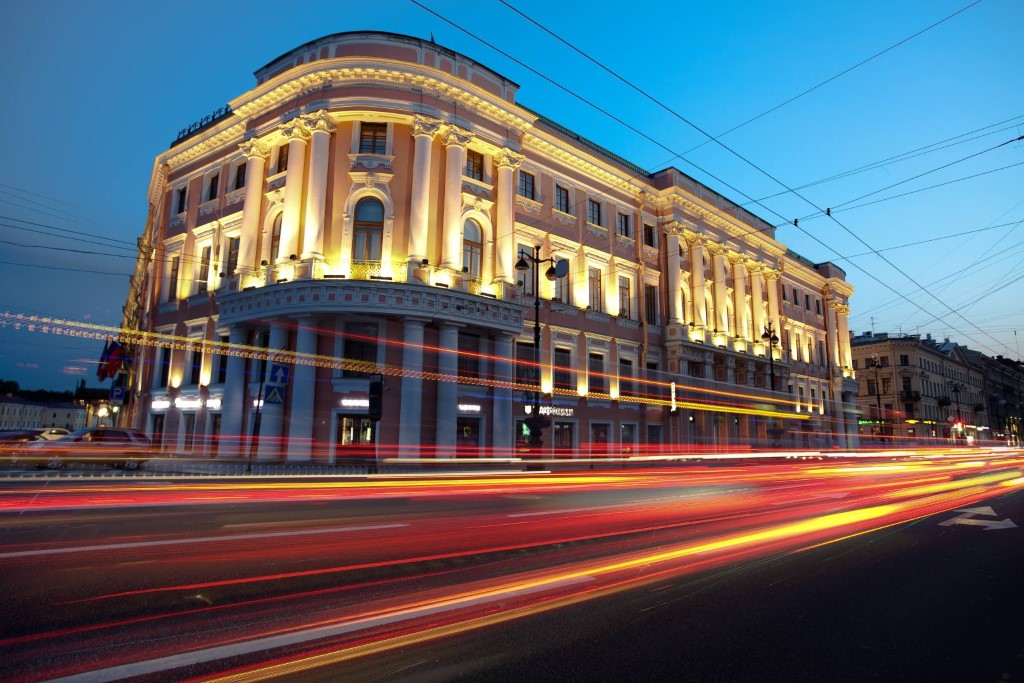Diving into the world of infrared photography can be a lot. But once you’ve decided to give it a go, the first thing to do is determine what conversion is best for you and the work you want to create. The two main options are a dedicated infrared conversion and a full spectrum conversion. In this article, we will cover full spectrum.
What is a full spectrum conversion?
Full spectrum conversion is a type of infrared conversion you can get for your digital camera.
Much like an infrared conversion, this modification removes the internal IR cut filter over your camera’s sensor. During a full spectrum conversion, this filter is replaced with a piece of clear glass, making the camera sensitive to UV, visible, and infrared—the full spectrum of light.
This increased sensitivity allows your camera to absorb more light, making it a very useful tool for astrophotography and low-light applications.

Why get a full spectrum conversion?
You get the most flexibility when you have a full spectrum conversion. Since the camera sensor is sensitive to all spectra of light, you are able to shoot in all spectra of light.
The main benefit here is that you can use external filters (i.e., lens filters, drop-in filters, or clip-in filters) to narrow the spectrum to a particular range. Putting an IR filter on the lens will still allow for handheld infrared photography, just like a converted camera.
With just one camera, you can shoot in IR with any of our infrared filters, ultraviolet with a UV bandpass filter (provided you use a good UV lens), or normal color photography using a UV/IR cut hot mirror filter.
This is the most versatile conversion you can get, giving you 10+ options in only one camera. Additionally, full spectrum is the only conversion option compatible with the IR Chrome and Blue IR filters, as well as with UV and normal photography.
The usage of full spectrum conversion
Full spectrum conversion has found applications in a wide range of fields:
Photography
Photographers use full spectrum-converted cameras to capture unique and artistic images by exploiting UV and IR light, resulting in surreal landscapes and intriguing portraits.
Agriculture
In precision agriculture, full spectrum imagery is used to monitor crop health, identify pests, and optimize irrigation by detecting stress and chlorophyll levels in plants.
Environmental Monitoring
Researchers use full spectrum imaging to study ecological systems, track changes in vegetation, and monitor environmental pollution.
Forensics
Law enforcement agencies use full spectrum conversion to reveal hidden or altered details in crime scene investigations, such as bloodstains and latent fingerprints.
Astronomy
Astronomers employ full spectrum camera conversion to capture celestial objects and phenomena that emit non-visible wavelengths, such as infrared radiation.
Why full spectrum camera conversion is the best option in 2022
In the past, full spectrum conversions had some problems with DSLRs, but these are no longer an issue in 2022. Because most infrared filters are opaque, you previously could not compose through the optical viewfinder with the filter on the lens.
The only option was to use the camera’s live view function, but many photographers preferred not to.
Additionally, the autofocus and exposure systems rely on visible light, making them inaccurate when the filter is on the lens. Electronic viewfinders have since remedied both of these problems.
To get the most out of a full spectrum conversion, it is good to choose a mirrorless camera, a camera with live view, or an EVF.
With live view, you can compose and shoot regularly, even with the IR filter on the lens. With that combination, it is possible to use a filter for regular photography, the best filters for color IR photography, another for B&W IR, and even filters for UV photography.
The flexibility of full spectrum conversion essentially makes all other conversions obsolete unless you know for sure you only ever want to shoot in one specific infrared filter.
Point-and-shoot cameras are also great for full spectrum conversions.
Some have threaded lenses that accept filters, and others have adapters available. You can also glue a filter adapter onto the lenses of most compact cameras to let them accept external filters.
Our Kolari Pocket and converted Canon G16 and Lumix ZS100 all have filter adapters attached and are perfect options for infrared photography.
Conclusion
Full spectrum conversion is a powerful technology that expands the capabilities of cameras and sensors by allowing them to capture a broader spectrum of light.
This innovation has wide-ranging applications, from artistic photography to scientific research and environmental monitoring.
As technology continues to advance, full spectrum conversion is poised to play an increasingly significant role in expanding our understanding of the world and the universe beyond what the human eye can perceive.
Unless you have a specific style and don’t wish to experiment with other filters, a full spectrum conversion is a no-brainer. The versatility is unparalleled, and who wouldn’t want to lighten their load by minimizing their gear?









29 Responses
Hi Kolari,
Can I shoot handheld or a faster shutter speed with a Full Spectrum converted camera + IR Filter (Any)?
Hi!
Yes, in most lighting situations the full spectrum will allow handheld speeds even with dark IR filters over the lens.
Very honest and informative.
I just bought Panasonic DMC-SZ 27 full spectrum camera from you. I am going to try it and see how it works out. I am interested in pure infrared photographs.
I wonder what filter can I use on this camera. It has 52mm ring.
Thank you
Thank you! That camera is compatible with the 590, 665, 720, 850, and blue IR filters to achieve IR results. The 850 is technically the only “pure” IR filter, the rest let in some amount of red light as well. The 720 is close to a pure IR filter but lets in just a little red which allows for color IR with a channel swap.
I just purchased a full spectrum camera. If I was to place an 850 IR filter on the lense and take pictures or shoot video during the day, would I still see purple in the viewfinder before I shoot vids or take pictures, or do I need to mess around with white balance before I even add the lense filter? I am learning how to do this, and I can hardly wait to experiment. Thanks!
Hi I have a 665nm Conversion, can I add a 850nm filter to it and does that give me the look of that 850nm filter, i.e deep black & white, also would I have to custom a new white balance when or if I add the filter. Thanks for your time
Yes, yes, and yes.
With an 850nm converted camera, can I use a filter to achieve the aerochrome look ?
Unfortunately now. The Irchrome filter requires a full-spectrum camera to deliver the aerochrome-style look. The 550nm can also achieve this style, but it is not compatible with an 850nm conversion either.
Do I loose quality, if I use a Full spectrum conv. with the hot mirror filter compared to a non converted ? All in case of regular use.
You will not lose image quality with this equipment setup, but you may need to fine-tune color balance in post-processing as it can be slightly off depending on the camera model and your white balance settings.
Hi, does a full spectrum conversion plus a CC filter lead to the same performance in B+W as a real monochrome conversion?
thank you and regards
Emile Gostelie
Hi Emile,
I think what you are asking is will the KalariVision’s IR external lens filters give you the same result as a monochrome converted camera, and the answer to that question is YES, as long as you use an 850nm or 950nm IR filter. Plus with the full spectrum you can use KalariVision’s UV filter, plus any of their other IR filters, plus KalariVision’s hot mirror for regular photography. I think that’s about 7 options from KalariVision.
The CC (Color Correction or Conversion) filters won’t block visible light.
I hope that helps.
Best regards to you.
Jean
Hello Emile,
In short, yes.
The reason is that IR filters placed over the sensor and the external filters both block visible light and generally are the same material.
I have both cameras and can’t tell the difference in normal photography.
Now, with that said, you will need IR bandpass filters. That is filters that pass IR light only, say the 850nm wavelength for pure black and white.
CC or Color Correction or Color Conversion filters are used to block or change visible light and were used in film photography.
I hope this answers your question.
Best regards
Is there any loss in visible light image quality when a mirrorless camera is converted to full spectrum and then used with a hot-mirror filter?
I’m interested in recording pictographs for cultural preservation. Any recommendations?
hello, i would like to know if i can get that infrated chrome filter effect using a red mosntro with the LPF standard. My doubt is if the intern filter of red (lpf) wont allow the irchrome to be seen
Dear, can you use lenses with coatings for this filter or do you need lenses without coating to creating this look an how to take the white balance? Do you take the white balance with the filter or without the filter. Do you take then a picture of green grass?
Greetings
Hi,
Could the conversion be made for film cameras?
i don’t see conversion kits for 35mm film cameras on your shop
thanks
Hi, whats the difference between FULL SPECTRUM CONVERSION and DOUBLE SPECTRUM CONVERSION?
Thanks.
What would happen if I were to pair this with a film camera? I have some Aerochrome in my freezer and I’d love to test it against Ektar or Portra with my RZ67.
I have a red camera, scarlet-w. Can I use this filter on that camera with no modifications to the camera?
What is the difference between a full spectrum conversion and a two spectrum conversion? Is one recommended over the other? I’m trying to decide.
Thank you
Will this work with non digital cameras? Like actual infrared sensitive film or something like fuji archieve paper which is also infra red sensitive. I dont mean like getting the same look, but experimental wise.
Hello, does a 590 conversion camera compatible with the IR Chrome Filter? Will it provide the look of an Aerochrome style look image? How about the 665 filter on a 590 conversion camera? Thanks
Hi there,
I have actually shot kodak EIR and love the look. Are you able to achieve this straight from the camera with your conversions, or is there some photoshop work needed? Also can you achieve this with a Fuji Xpro1 – and if so what is the cost to convert? Many thanks
I have a Canon 5D Mark ll. It has live view and I only want to take B&W photos. What would you suggest?
I have a Sony A7S which you previously modified to an ultra thin sensor cover for shooting rangefinder lenses. Had a blast with it but would like to modify it again to allow for a full spectrum conversion. Is this possible?
Hello, I have a question
i have a 5D mark ii, and i want to shoot in IR, the Kolari Vision IR Chrome Lens Filter i working with my camera ?
Some people say to me that OES don’t wordking with IR
Merci !!!